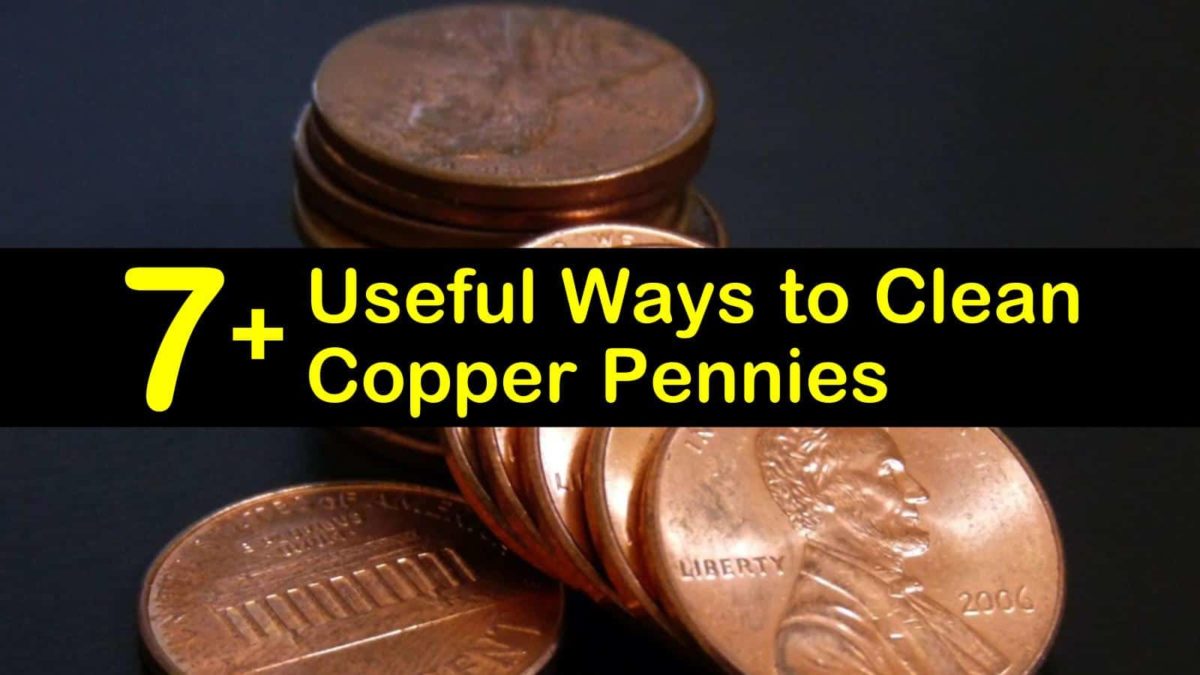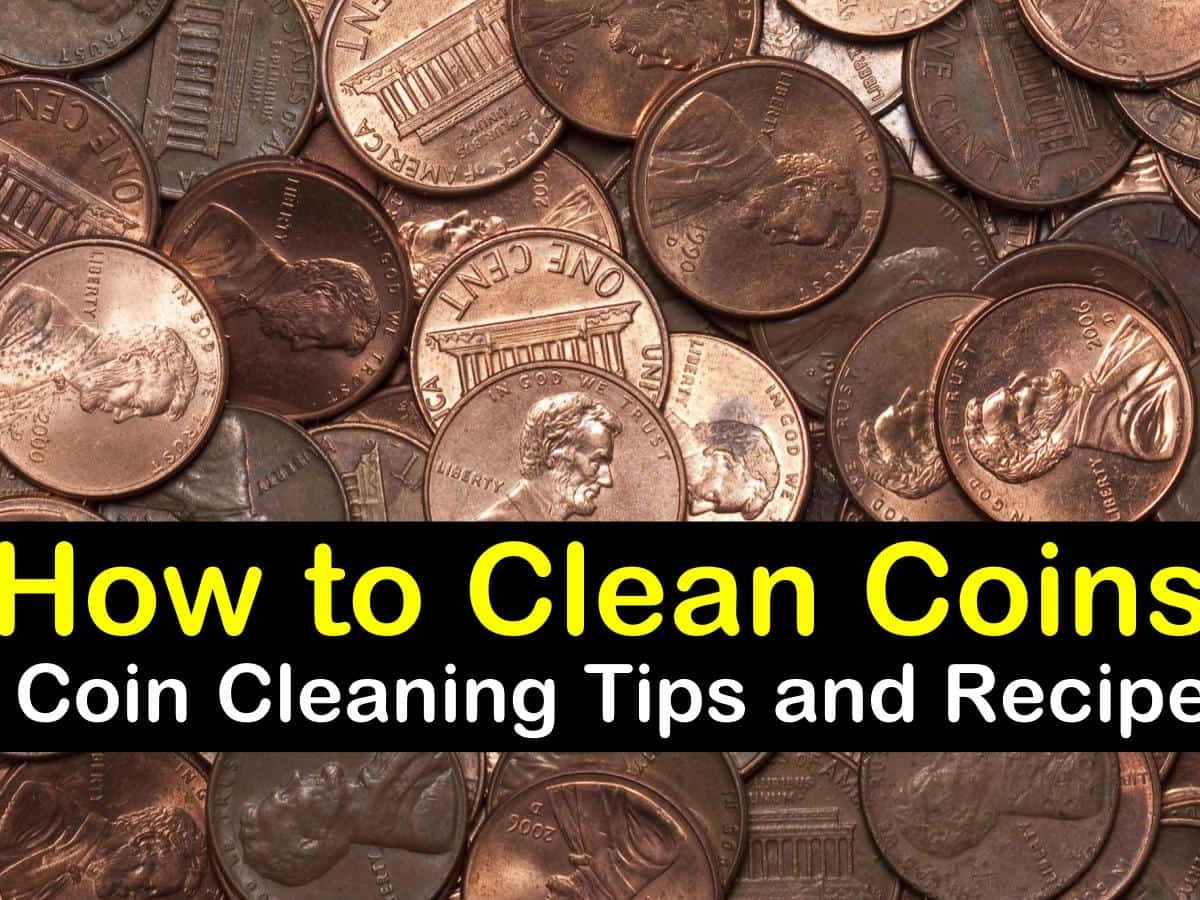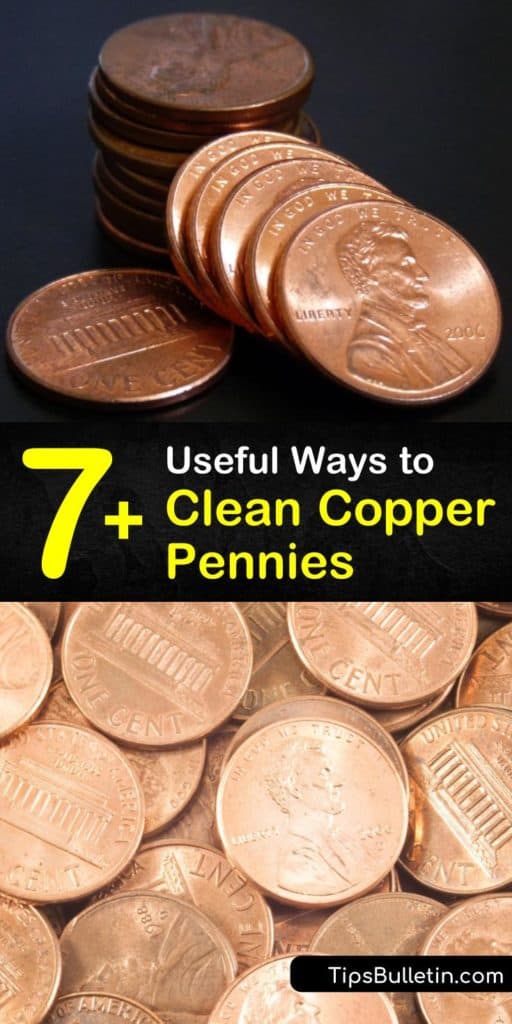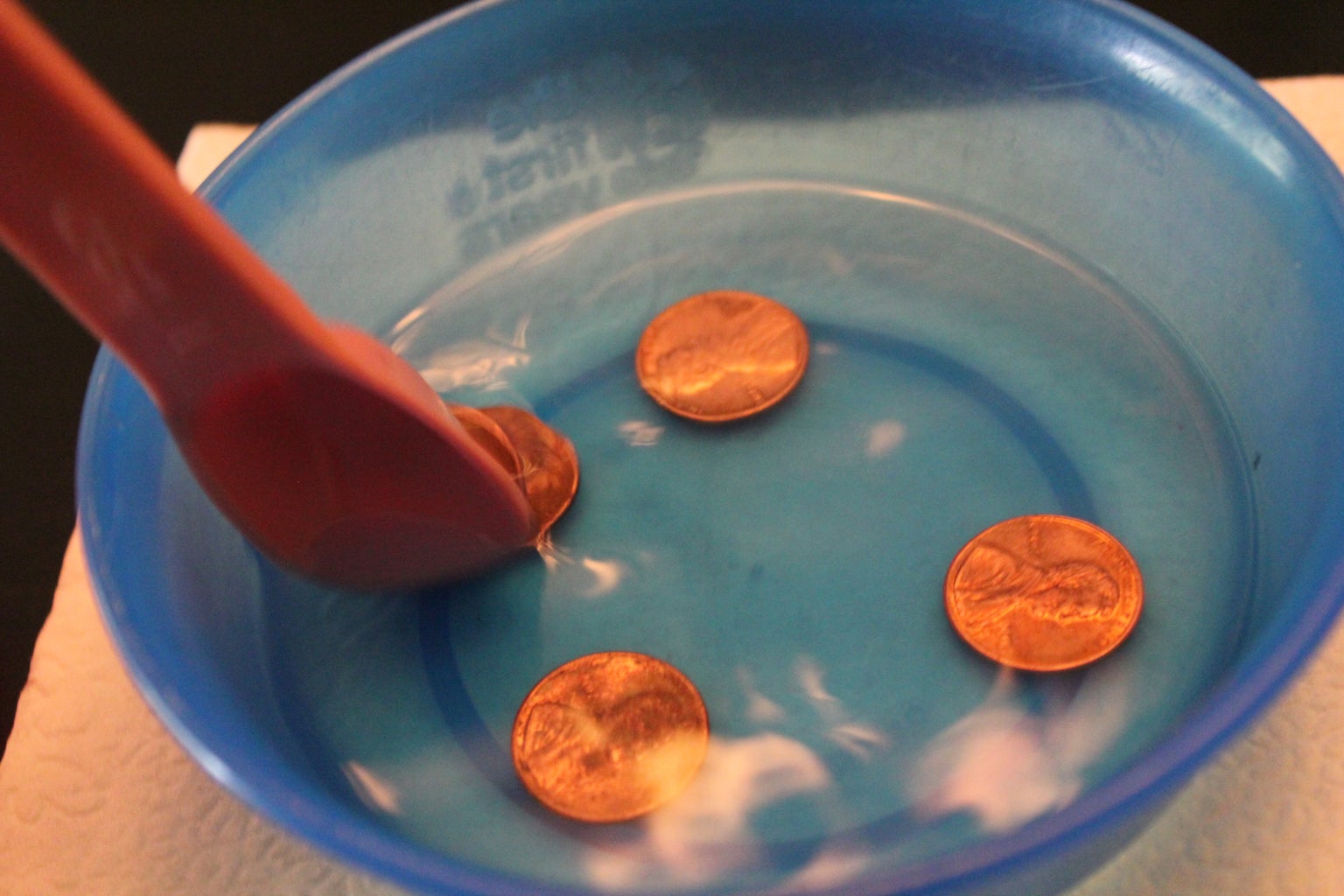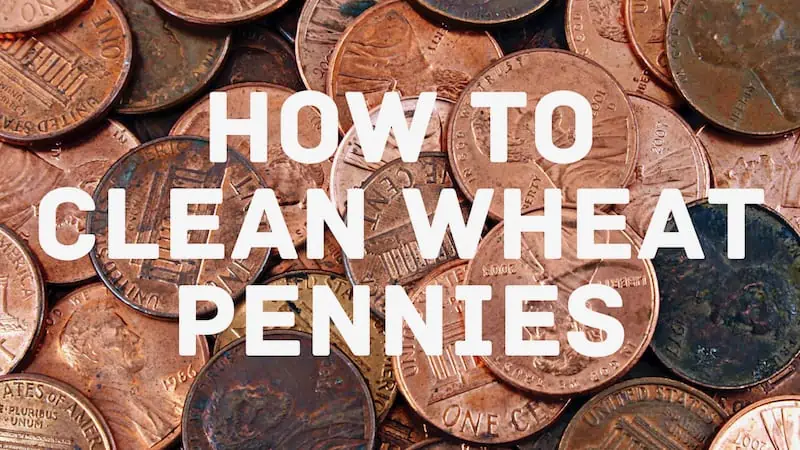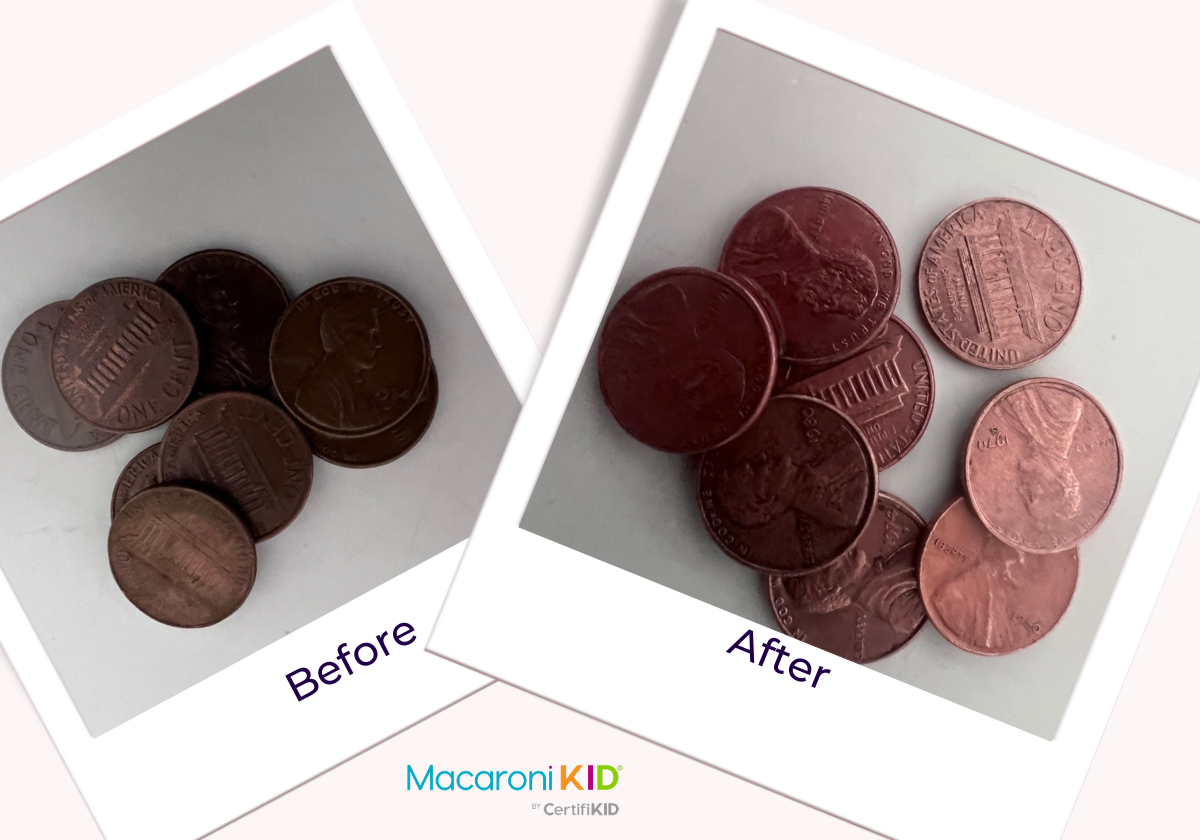How To Clean Pennies In Bulk

For individuals and organizations handling large quantities of pennies, the task of cleaning them can seem daunting. Accumulation of dirt, grime, and oxidation can leave these coins looking dull and unappealing. Efficient methods for cleaning pennies in bulk are crucial for maintaining their aesthetic value and, in some cases, preparing them for specific uses like art projects or resale.
This article will explore practical and effective techniques for cleaning large quantities of pennies, drawing on readily available materials and established chemical principles. The information presented aims to provide a comprehensive guide, enabling readers to achieve satisfactory results while minimizing time and effort.
Understanding Penny Composition and Tarnish
Prior to 1982, United States pennies were composed of 95% copper and 5% zinc. Pennies minted after 1982 are primarily zinc (97.5%) with a thin copper plating (2.5%).
This change in composition affects how pennies react to cleaning solutions. Tarnish on pennies is primarily copper oxide or copper sulfide, formed through reactions with oxygen and sulfur compounds in the air.
Methods for Cleaning Pennies in Bulk
Several methods exist for cleaning pennies in bulk, each with varying degrees of effectiveness and suitability depending on the quantity of pennies and the desired level of cleanliness.
The Vinegar and Salt Method
The vinegar and salt method is a widely used and simple technique. It leverages the acidity of vinegar and the abrasive properties of salt to remove tarnish.
To execute this method, combine equal parts of white vinegar and salt in a non-reactive container, such as plastic or glass. Submerge the pennies in the solution, ensuring they are fully covered.
Allow the pennies to soak for a period ranging from 5 to 30 minutes, depending on the level of tarnish. Gently stir or agitate the mixture periodically to enhance the cleaning process.
Once the desired level of cleanliness is achieved, remove the pennies from the solution. Thoroughly rinse them with clean water to remove any residual vinegar and salt.
Dry the pennies completely using a clean cloth or towel. This step is crucial to prevent water spots or further oxidation.
The Lemon Juice and Salt Method
Similar to the vinegar and salt method, the lemon juice and salt method utilizes the acidity of lemon juice to dissolve tarnish. Lemon juice contains citric acid, a natural cleaning agent.
Prepare a solution by mixing lemon juice with salt in a non-reactive container. Follow the same submersion, soaking, rinsing, and drying steps as outlined in the vinegar and salt method.
The advantage of lemon juice is its milder odor compared to vinegar. However, its cleaning power might be slightly less potent for heavily tarnished pennies.
The Commercial Coin Cleaner Method
Commercial coin cleaners are specifically formulated to remove tarnish from coins. These cleaners often contain a blend of acids and chelating agents.
When using commercial coin cleaners, it is imperative to follow the manufacturer's instructions carefully. These products can be more aggressive than household solutions and may damage the coins if used improperly.
Ensure adequate ventilation when working with commercial coin cleaners and wear appropriate protective gear, such as gloves and eye protection. Always test a small batch of pennies before cleaning the entire quantity to assess the cleaner's impact.
Mechanical Cleaning Methods
For large quantities of pennies, mechanical cleaning methods can be more efficient. These methods often involve the use of specialized equipment, such as rotary tumblers or ultrasonic cleaners.
Rotary tumblers use abrasive media, such as ceramic or plastic beads, to polish the pennies as they tumble. Ultrasonic cleaners use high-frequency sound waves to create microscopic bubbles that dislodge dirt and tarnish.
These methods require careful selection of appropriate cleaning media and operating parameters to avoid scratching or damaging the coins. Consulting with a professional coin cleaning service is recommended for complex or valuable coin collections.
Safety Precautions and Considerations
When cleaning pennies in bulk, it is essential to prioritize safety. Always wear gloves to protect your hands from prolonged exposure to cleaning solutions.
Work in a well-ventilated area to avoid inhaling fumes from cleaning agents. Keep cleaning solutions out of reach of children and pets.
Avoid using abrasive cleaners or scrubbing pads, as these can scratch the surface of the pennies. For heavily tarnished pennies, repeated cleaning cycles with milder solutions are preferable to a single aggressive cleaning attempt.
Environmental Considerations
Dispose of used cleaning solutions responsibly. Do not pour them down the drain, as they may contain harmful chemicals.
Contact your local waste management authority for guidance on proper disposal methods. Consider using eco-friendly cleaning alternatives, such as vinegar or lemon juice, to minimize environmental impact.
Conclusion
Cleaning pennies in bulk is a manageable task when approached with the right techniques and precautions. The vinegar and salt, lemon juice and salt, and commercial coin cleaner methods are all viable options for achieving satisfactory results.
For very large quantities of pennies, mechanical cleaning methods may offer a more efficient solution. Always prioritize safety and environmental responsibility throughout the cleaning process.
By following these guidelines, individuals and organizations can effectively clean pennies in bulk, restoring their luster and preparing them for various applications.



